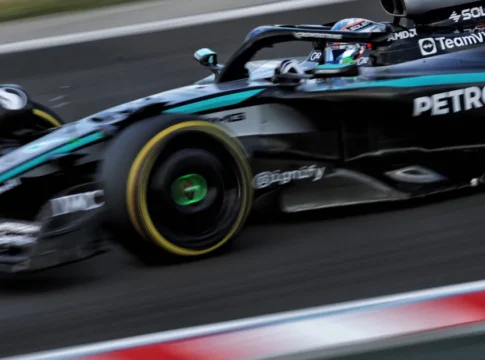From 2026, Mercedes will power four F1 teams – including its own works outfit. This major expansion brings both significant challenges and valuable benefits for the German manufacturer.
Bradley Lord, Mercedes F1’s team representative, doesn’t sugarcoat the logistical hurdles ahead.
“It brings with it the challenge of needing to have more parts ready, more power units ready, more products ready sooner,” he explained during a recent media session that included GPblog.
With McLaren and Williams already running Mercedes power, Alpine will become their third customer team next season.
That’s a lot of engines to produce.
## The upside of powering a third of the grid
Despite the increased workload, Lord sees clear advantages in supplying more teams than any other manufacturer.
“One of the upsides is certainly that you get more extensive prove-out mileage,” he pointed out. “You’re learning at a faster rate thanks to the mileage that all eight power units will be doing at the first race weekend. That will certainly be positive.”
This real-world testing across multiple cars provides Mercedes with valuable data that single-team manufacturers simply can’t match.
Of course, there’s a flip side.
“Equally, if you find challenges you have eight sets of solutions that you need to deliver, not just two or four or six,” Lord acknowledged.
But the Mercedes spokesman remains confident: “There are sort of upsides and downsides to it, but we believe that the upside of that learning outweighs the others.”
## Mercedes leads the power unit race as newcomers face steep challenge
The 2026 grid will feature a diverse engine lineup: three Ferrari-powered teams, two running the new Red Bull Powertrains-Ford units, one with Honda, and one with Audi.
For Red Bull Powertrains-Ford and Audi, 2026 marks their F1 debut as engine suppliers.
That’s a really tough position to be in. While Mercedes benefits from data across eight cars, these newcomers will be learning on the fly with far less real-world feedback.

